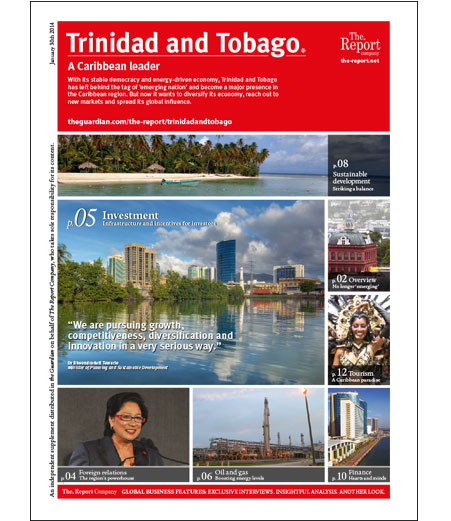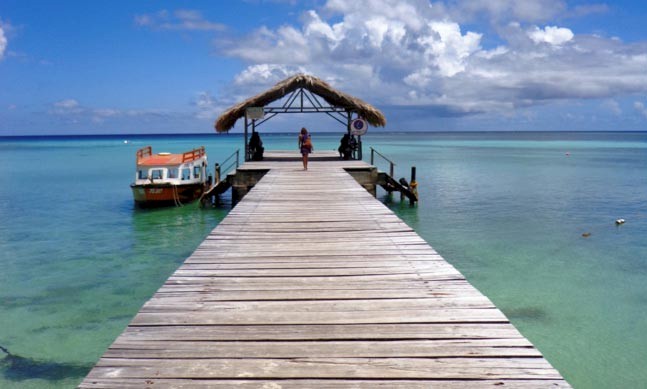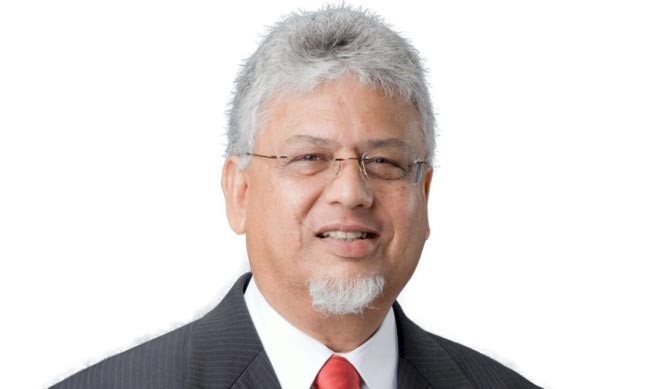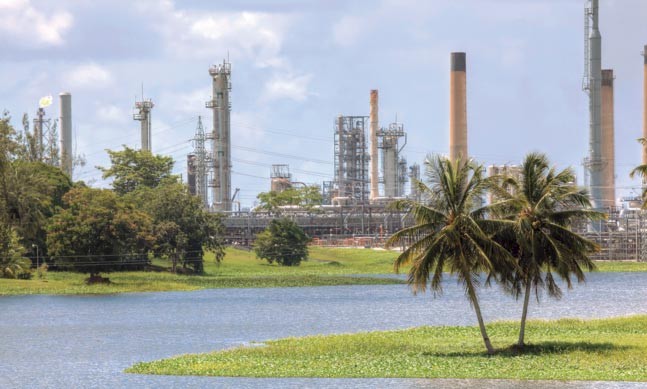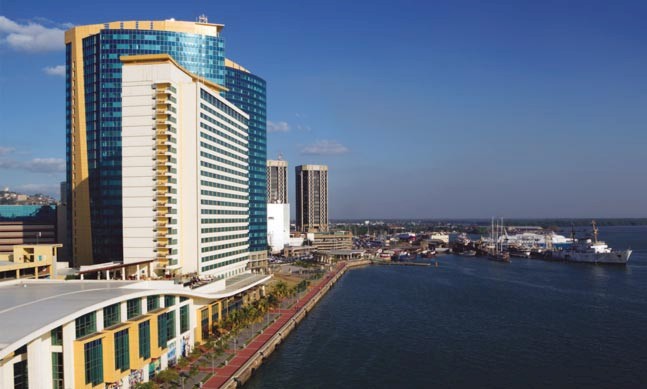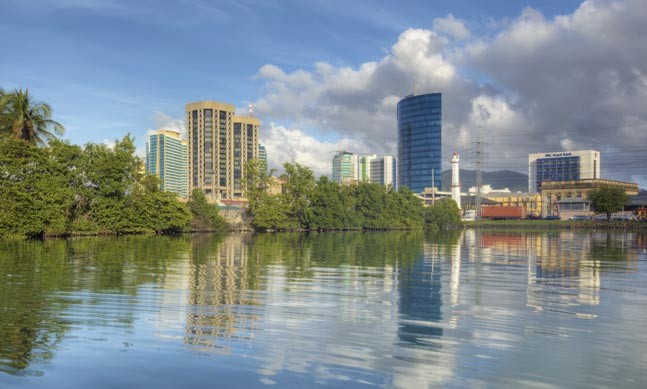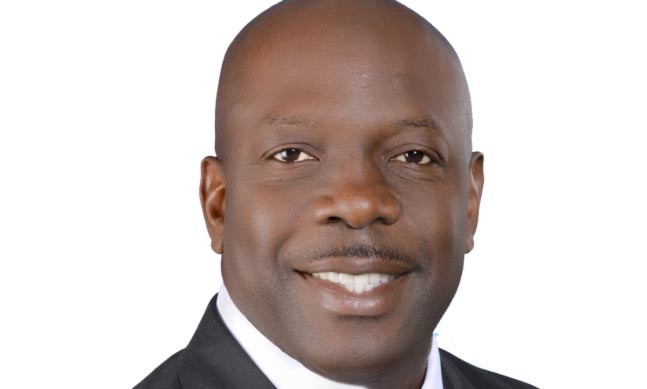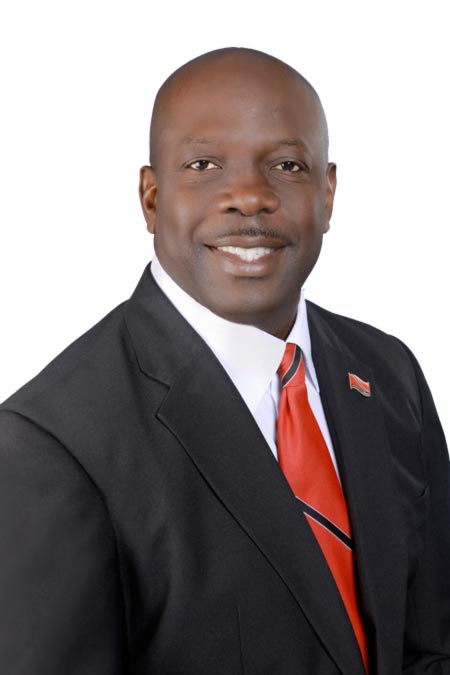
Dr. Lincoln Douglas entered parliament in 2010 and took on his current role as Minister of the Arts and Multiculturalism in June 2012. His ministry’s stated aim is to ensure an environment in Trinidad and Tobago where each culture can flourish in a spirit of understanding, tolerance and harmony and the arts can be developed to its full potential. He spoke to The Report Company about the challenges involved in reaching that goal and the importance of culture to the country.
The Report Company: What are the key priorities and focus of the ministry?
Dr. Lincoln Douglas: The ministry deals with the advancement of the creative endeavours of the country. We provide the management, the development and the design of the facilitative framework that supports the various cultural expressions that represent Trinidad and Tobago. The ministry makes sure that the various cultural manifestations are expressed in a meaningful and equitable way in the country, ensuring that all are involved in the depiction of what Trinidad and Tobago is.
We try to find a formula that allows everyone to express themselves and represent Trinidad and Tobago. That happens through religion, through music, dance, theatre, film, and other art forms. Those are our cultural manifestations that come out of our way of life which has been forged through all kinds of struggle: the native people that called this place their home, the African experience through slavery and emancipation, the Indian experience through indentureship and then the experiences of the Chinese, Syrians and Lebanese who came here.
TRC: How do you preserve and celebrate each background while promoting the country as a single entity?
LD: It is quite a challenge because often times to manifest your freedom you almost have to deal aggressively with the past. When you have each culture dealing with their past in the same space at the same time, there is bound to be conflict. Our role is to manage that energy and make it a learning experience and not a destructive force. We create a cultural strategic document of what is going on and where we want to take the nation, so there’s no real dichotomy.
TRC: What types of initiatives is the ministry engaged in to promote artistic development?
Carnival is our iconic artistic experience because it captures so much of what we do. We have a National Carnival Commission which is responsible for the management of carnival. The ministry itself is involved in trying to develop and synchronise carnival through research and study, bringing in more management practices so we can realize the full value of it.
The Trinidad and Tobago carnival has spawned numerous carnivals all over the world but we have not been able to capture the meaning of that and the resulting financial benefit, so we are working on that.
We also feel that art and culture should have a serious foundation of knowledge. We have over 250 registered steel bands in Trinidad and Tobago and most of these pannists play from memory. The ministry is working on skilling people to be music literate and become more professional.
The ministry focuses on the development of all the various art forms, from the Indian arts to the folk or creole arts. We are building a Ramleela Centre that will be used as the primary space for the outdoor theatrical performance of the story of the Hindu deity Lord Ram, which happens on a grand scale every year.
We provide financial support to a lot of national cultural organisations and provide an enabling environment for them. The ministry coordinates training on managing artistic groups. Participants in these training programmes receive certifications in managing non-profit organisations, from financial accountability to planning and project design. We are now moving to the stage where we are trying to build an industry out of the cultural sector.
TRC: What challenges do you face in coordinating this?
LD: Part of the struggle we have in Trinidad is that the management of the artistic environment is divided up between a few ministries. While the ministry of the arts and multiculturalism leads the development initiative for the sector, there are also the ministries of community development, national diversity and social integration, tourism as well as the ministry of trade and industry. All these ministries play some role in the management of the artistic and cultural sector.
Right now, we’re working on putting institutions into place like a carnival institute and a national art society or foundation that could manage the art forms and provide research and fellowships.
Working with the other ministries, we are building a centre for the native people of Trinidad and Tobago, the Caribs and the Arawaks. The government has reserved a significant portion of land to begin developing those native cultural art forms. Even though we don’t have many indigenous persons remaining Trinidad and Tobago, we continue to cherish their contribution to the country.
We understand that our culture is the most significant asset that we have and it’s limitless unlike oil which is finite. Culture is a sellable commodity.
TRC: Can you tell us about the cultural camps you recently launched?
LD: This year we launched over 50 cultural camps where we covered the breadth of cultural expressions, from visual arts to performing arts to music, drama, theatre, writing and storytelling. We’re hoping that from an early age we can get people to see the value of these cultural expressions and begin to develop their lives in a particular way that is profitable both for themselves and for the country.
TRC: What kind of opportunities do you foresee for international investment in Carnival?
LD: The state alone invests approximately $200 million in the carnival just to get it up and running. During the carnival season, besides the national festival in Port of Spain, there are 53 community carnivals happening around the country that the state supports.
Within the carnival itself there are several developing industries that have a high potential for returns from investment. In steel band alone there are 18 industries, and then there is costume design, mask creation, wire bending and so on. There are also numerous carnivals globally, that are similar to the one in Trinidad and Tobago, which require consultation as to how they can be developed. International governments have requested our assistance to develop the carnival celebration in their country because it is a festival that unites people.
From a music standpoint the artistes here are high quality performers who can command a large audience but need access to the international marketplace. On the heritage side, there is a lot to be done in museum development and the recording of data and securing of historical buildings. Carnival offers us a wide range of opportunities for people to invest in a number of heritage and cultural products that have a high resale value around the world.
It is my view that this country could survive on the steel band industry alone if we continue to make strategic steps towards the development of the industry.
From a a geographic standpoint, in terms of arts and culture and the staging of concerts and shows, Trinidad and Tobago is central to the Caribbean and Latin America and I think there is a lot that can be done here. Our only issue is the scale of the economy in Trinidad itself, so we need to find a way to take our cultural products to the international market. We only have 1.3 million people here but we produce so many cultural artefacts that at any given night there’s something going on. We can’t really consume all of that by ourselves. Trinidad and Tobago has specialized in the business of “happiness.” The cultural industry is the best natural resource where business and pleasure go together.
I believe that the cultural industry is the best opportunity to engage the largest amount of people in the shortest space of time, with the least investment for the highest returns. Investing in the cultural sector is something that touches the whole economy.
TRC: What is your assessment of the relationship between China and Trinidad and Tobago?
LD: Our relationship with China goes back many years. It is a sound relationship. We plan to build a cultural and arts institute in China (as well as Nigeria) and hopefully it will be a place where we can begin to move our cultural products and develop a relationship which will increase tourism and the movement of goods and services.
TRC: In terms of your outlook for the ministry, what is your vision and what do you want to achieve during your time in this post?
LD: The main goal I’m working towards is leaving a series of institutions that could work towards professionalising our arts, (in particular the steelpan—our gift to the world) our artistes and our cultural products. I would like to see our carnival become an institution for tourism, industry and the harmonising of societies. These Institutions will become places of learning and places for the development of culture. I want us to develop a better understanding of different cultures. We are working towards a more meaningful engagement of all the various sectors for a more harmonious society. I would also like to see all our artistes performing at a level where they are comparative to all the international standards and can move around and travel on the international circuit and make a name and a living for themselves.
“We understand that our culture is the most significant asset that we have and it’s limitless unlike oil which is finite. Culture is a sellable commodity.”Tweet This


